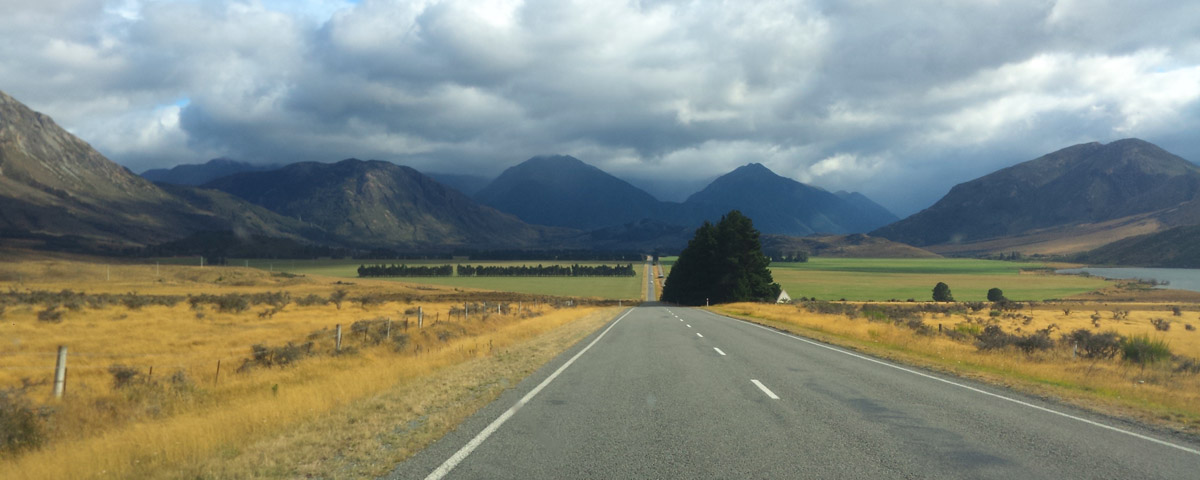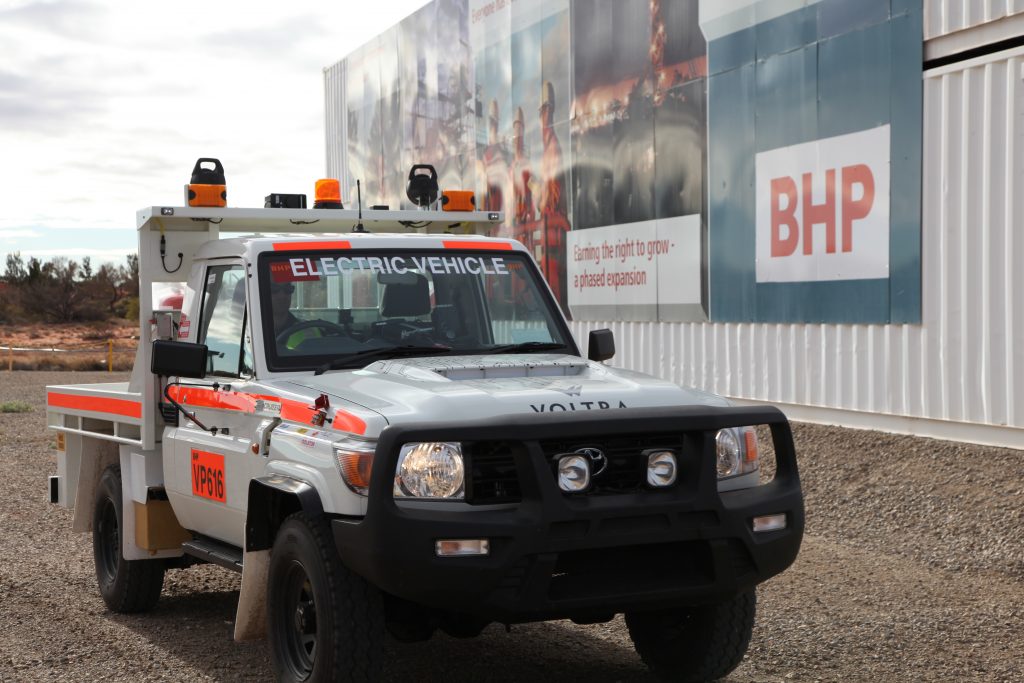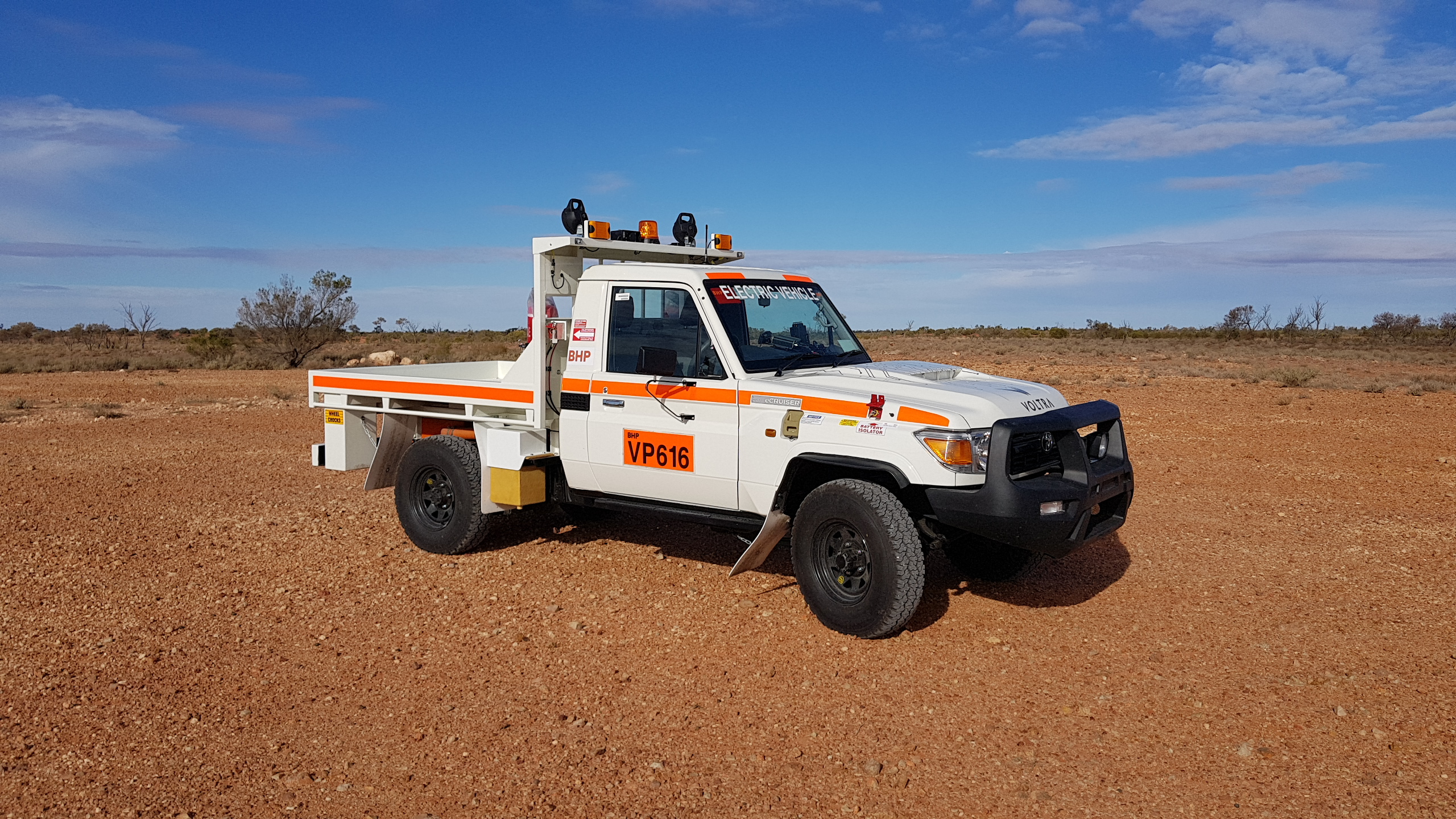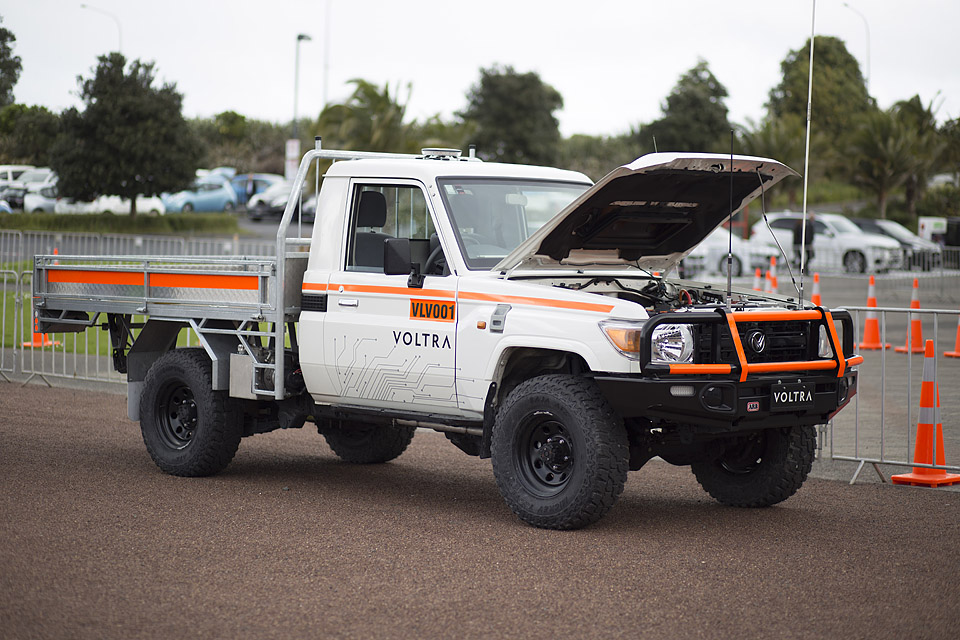November saw Wolfgang Strautmann, CEO of B. Strautmann & Sohne, visit Zero Emission Vehicles in New Zealand. Strautmann was visiting from Germany to discuss opportunities with ZEV around a number of initiatives with battery electric heavy vehicles and technology.
B. Strautmann & Sohne encapsulates a number of companies, including Strautmann Agricultural Machinery, which has been investigating battery electric technology for its range and has also been developing autonomous systems. It is seeking to bring in global expertise in heavy electric vehicles to enhance its line of vehicles and equipment it sells throughout the wider European market.
“Strautmann is a very progressive and forward-thinking organisation,” said ZEV CEO Andrew Rushworth. “We are finding a lot of common ground and synergies and the potential opportunity to bring our technology together with theirs represents a compelling proposition.”
Rushworth is heading to Germany in January to progress discussion between the two companies.






 Twenty projects have been announced in the latest round of the Low Emission Vehicles Contestable Fund, administered by the
Twenty projects have been announced in the latest round of the Low Emission Vehicles Contestable Fund, administered by the 

